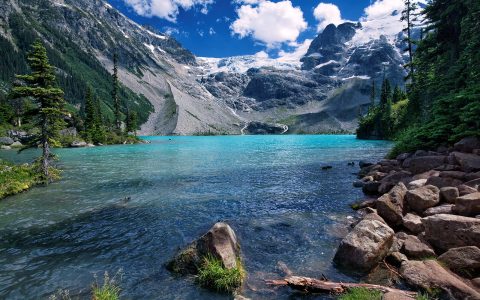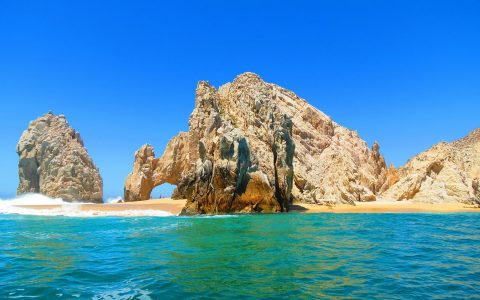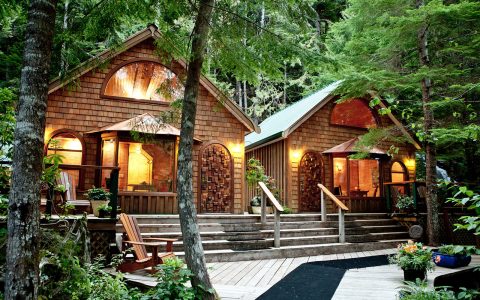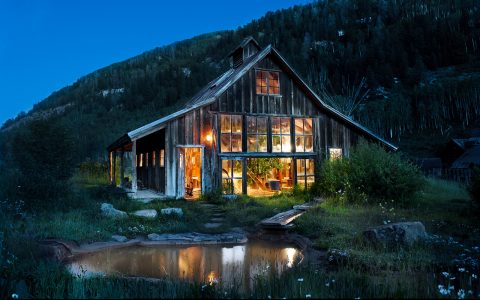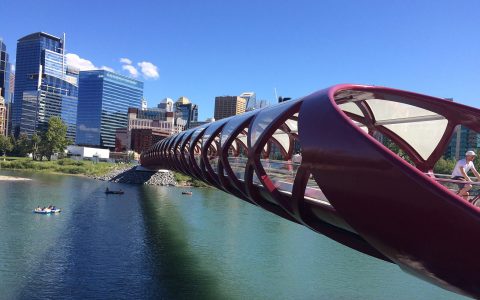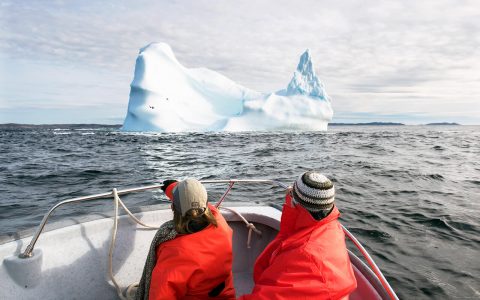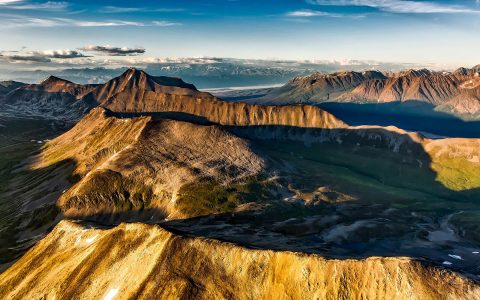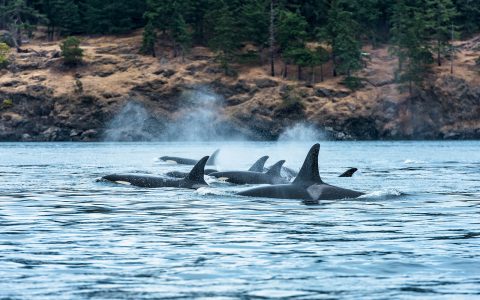Essential Things To Know About Oahu
There is nothing quite like the warm welcome of Hawaii’s ‘aloha spirit’, especially the ‘gathering place’ of Oahu. From people enjoying the classic beach vibes of Waikiki Beach, to the fragrant leis that visitors customarily receive, the vivid colours of the sunset, and the beautiful sounds of traditional Hawaiian music, it’s hard to imagine this place as anything short of paradise. Here’s a brief introduction to the most populous island of the Aloha State and its charms!
The Island of Oahu
 The third largest of the Hawaiian chain of islands, Oahu is home to two-thirds of the entire state’s population. Geographically, it is comprised of two shield volcanoes, the Waianae and Koolau Ranges with a broad valley between them, the central Oahu Plain.
The third largest of the Hawaiian chain of islands, Oahu is home to two-thirds of the entire state’s population. Geographically, it is comprised of two shield volcanoes, the Waianae and Koolau Ranges with a broad valley between them, the central Oahu Plain.
The Kingdom of Oahu, a 300-year-old dynasty, was ruled by the most powerful nobles (ali’i in the Hawaiian language) in the islands, the ruling social classes. The first of them was Mailikukahi, a lawmaker whose descendants continued to rule until 1783, when the King of Maui, Kahekili II, conquered the island.
In 1795, King Kamehameha I founded the Kingdom of Hawaii when he took over Oahu (although Hawaii would not yet fully be unified until the islands of Kauai and Niihau surrendered to Kamehameha I in 1810). Today, Honolulu is the central hub of tourism and economic development; since the Second World War ended, tourism is the largest industry in the islands, with the U.S. government (including military personnel) being the second-largest source of income.
Honolulu
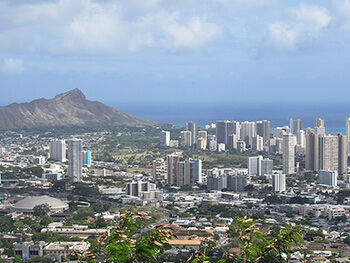 The capital city of the state of Hawaii since 1845, and the largest city in the islands with a population of about 360,000, its name in the Hawaiian language means ‘calm port’ or ‘sheltered harbour’. The first European to sail into the harbour was Captain William Brown in 1794, with many foreign ships to follow, making Honolulu a major port for merchant ships travelling between North America and Asia.
The capital city of the state of Hawaii since 1845, and the largest city in the islands with a population of about 360,000, its name in the Hawaiian language means ‘calm port’ or ‘sheltered harbour’. The first European to sail into the harbour was Captain William Brown in 1794, with many foreign ships to follow, making Honolulu a major port for merchant ships travelling between North America and Asia.
The original people who settled here from Polynesia likely built settlements in the present-day Honolulu area; King Kamehameha I, after unifying the Hawaiian islands, moved his royal capital to Waikiki in 1804 from the island of Maui. His descendants, King Kamehameha III, IV and V, began to modernize Honolulu, raising landmark buildings like St. Andrew’s Cathedral in 1867 and ‘Iolani Palace in 1879, the official residence of Hawaiian royalty (today, it is a museum, and only one of two royal palaces on US soil; the other palace is on the ‘big island’ of Hawaii, Hulihe’e Palace in Kailua-Kona). Another important building, Aliiolani Hale was originally constructed to house the government of the Kingdom of Hawaii and the Republic of Hawaii and is now the site of Hawaii’s Supreme Court.
The transition from a Polynesian kingdom to a U.S. state was quite a contentious one, as after the Kamehameha dynasty ended, there was no strong transition to power. King Kalākaua, the last elected monarch of the Hawaiian kingdom, was pressured under threat of violence to sign away his authority, in what is known as the 1887 ‘Bayonet Constitution’. After his death in 1891, his sister, Queen Lili’uokalani, the last monarch of Hawaii, ascended to the throne, but in 1893 was overthrown in a coup by European-American business leaders and residents, the state annexed to the United States, becoming the Republic of Hawaii. The final and 50th state, Hawaii joined the United States on August 21, 1959.
Pearl Harbor and the USS Arizona Memorial
A date that forever lives on in infamy, as quoted by President Franklin D. Roosevelt, the surprise military strike on this United States naval base on December 7, 1941, launched the United States into the Second World War, although Hawaii was not yet a state (it was still a Republic) An attack that was meant to prevent American intervention in the Pacific theatre, 353 Japanese Imperial aircraft, in two waves, damaged all eight U.S. Navy battleships, sinking four. Cruisers, destroyers, anti-aircraft training ship and a minelayer were also sunk or damaged. With 188 U.S. aircraft destroyed, 2,403 Americans lost their lives, and 1,178 were wounded. On the following day, December 8, 1941, the United States declared war on Japan, following up on December 11 to declare war on Germany and Italy. The actions of the Japanese Imperial Army were later judged at the Tokyo War Crimes Tribunal of 1946 to be a war crime, as there was no declaration of war or explicit warning to the U.S. at the time. Today, you can visit the USS Arizona in the spot where it fell, submerged in 12 metres (40 feet) of water off the southern end of Oahu, just northwest of the Honolulu International Airport. The USS Arizona Memorial was built in 1962 over top (but not touching) the sunken battleship, honouring the lives of the sailors, soldiers, Marines and civilians who died as a result of the attack.
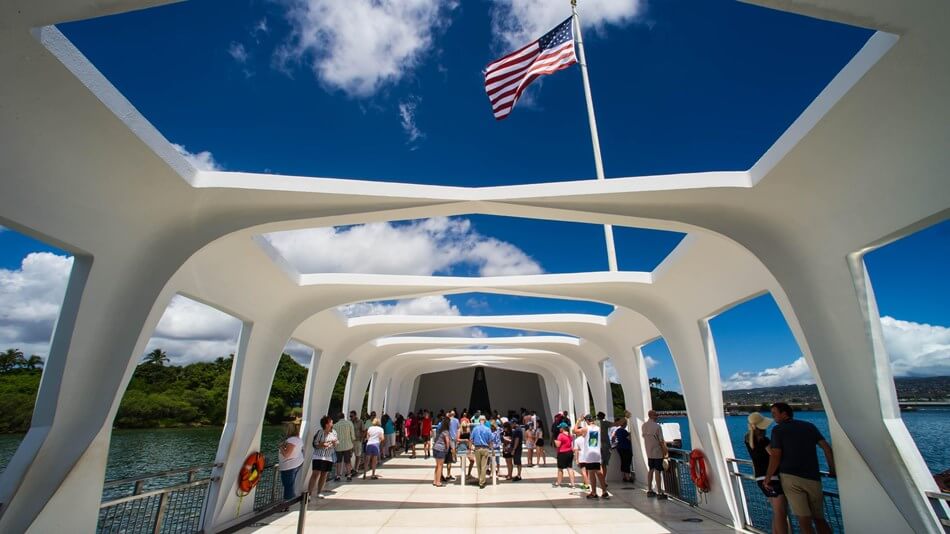
Waikiki Beach
Oahu’s most famous beach is actually a series of eight beaches, separated from the mainland by the Ala Wai canal and adjacent to the slopes of Diamond Head. Waikiki means ‘spouting fresh water’ in the Hawaiian language, which refers to the springs and the streams which once made this area a swampland. This is Honolulu’s classic beachfront, characterized by its classic hotels like the Royal Hawaiian and more, which are a nod to its development as a tourist destination, even as early as the 1880s. Running alongside the beach are the gleaming shops of Kalakaua Avenue, complete with luxury stores, surf shops and the statue honouring the father of modern surfing, Duke Kahanamoku, with his longboard. Originally a retreat for Hawaiian royals in the 1800s, the long rolling surf is where the nobles would ride the waves. Today, you can also take surfing lessons and swim here, as the waves are safe for beginners.
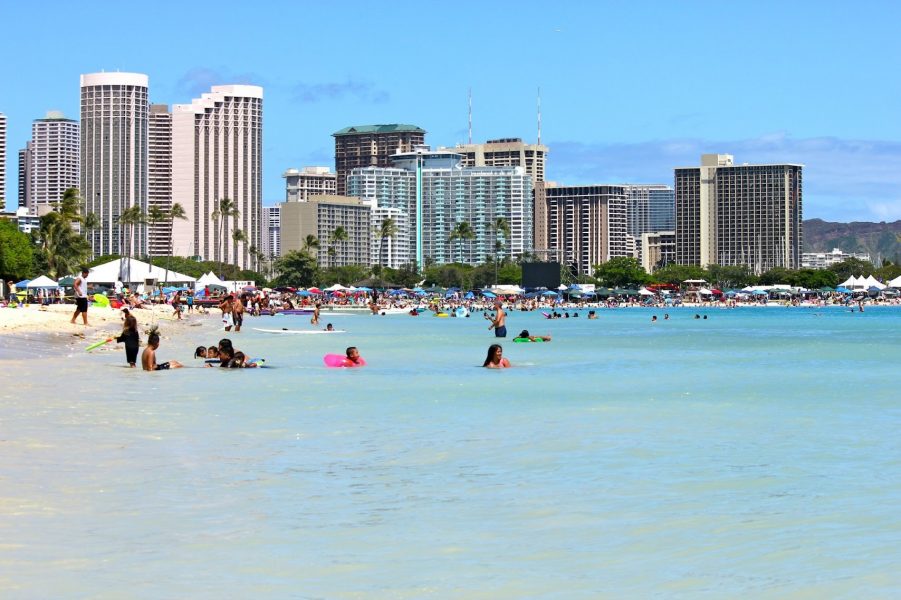
A Note On Sunscreen
 Most recently, the Hawaii State Government has passed legislation that will ban sunscreens deemed harmful to coral reefs by 2021. This makes it the first US state to ban these chemicals. Studies suggest that two common sunscreen chemicals, oxybenzone and octinoxate, are detrimental to coral reef health, causing coral bleaching, slowing new coral growth, and disrupting marine life. It is suggested that travellers try to be as ‘reef-friendly’ as possible, choosing a sunscreen made with natural mineral ingredients like titanium oxide or zinc oxide.
Most recently, the Hawaii State Government has passed legislation that will ban sunscreens deemed harmful to coral reefs by 2021. This makes it the first US state to ban these chemicals. Studies suggest that two common sunscreen chemicals, oxybenzone and octinoxate, are detrimental to coral reef health, causing coral bleaching, slowing new coral growth, and disrupting marine life. It is suggested that travellers try to be as ‘reef-friendly’ as possible, choosing a sunscreen made with natural mineral ingredients like titanium oxide or zinc oxide.
Diamond Head State Monument
The rising flat-topped volcanic cone, an iconic landmark on O’ahu’s skyline, Diamond Head was originally known to Hawaiians as Lēʻahi, a reference to its ridge, which resembles the shape of an ahi tuna’s fin. Its English name derives from 19thC British soldiers, who mistook calcite crystals on the beach for diamonds (I hope none of them quit their day jobs). The 1.5 to 2-hour hike up Diamond Head is worth it for the excellent views, and the site was used as a military lookout in the early 1900s.
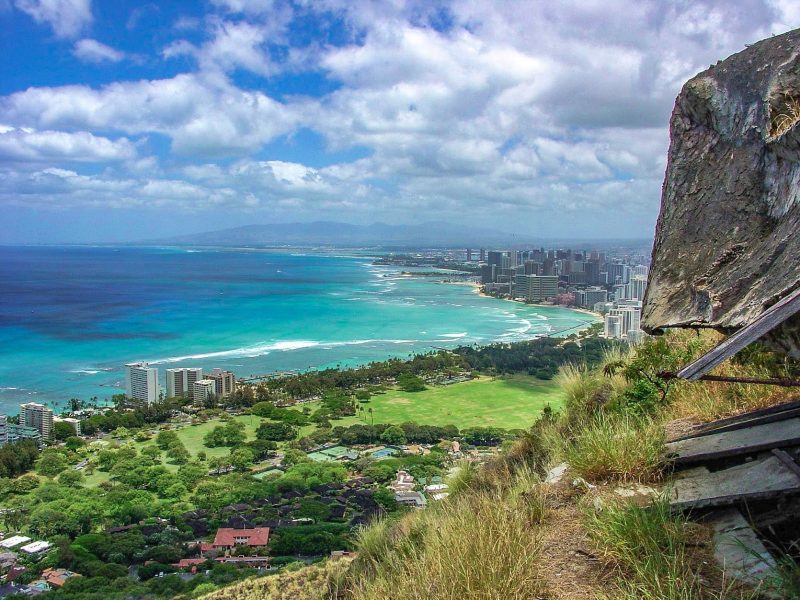
Experience United States With B&R
Hawaii Private Trip
Make your way to the Big Island for a journey beyond compare. Our Hawaii Active Expedition takes you from lush valleys to sky-high waterfalls and the rich red glow of flowing lava, get a taste of what locals deem the ‘real’ Hawaii.
DETAILED ITINERARYOahu Private Trip
It’s Aloha all the way, from classic Waikiki Beach to the legendary waves and quaint surf towns of the North Shore. Our Oahu Active Expedition lets you hang loose and catch waves, hike Diamond Head and kick back in the Valley of the Priests.
DETAILED ITINERARYDuke Kahanamoku, the ‘Ambassador of Aloha’
The legendary Hawaiian waterman, also known as ‘The Big Kahuna’, is the father of modern surfing, an ambassador of Hawaii who brought the noble (and otherwise obscure) Hawaiian sport of kings to the world. Born in 1890 in the days of old Hawaii before statehood, he became a well-known surfer in the community. He was one of the original ‘Waikiki Beach Boys’, watermen who earned their living teaching visitors how to swim or surf. Kahanamoku’s swimming abilities took him to the Olympics as a champion swimmer who won gold and silver medals in the 1912 Stockholm, 1920 Antwerp, and 1924 Paris summer games. Post-Olympics, he travelled the world with exhibitions and demonstrations highlighting his swimming and surfing skills, which influenced many people to pick up the sport, especially in Australia and Southern California. In June 1924, when he was living in Newport Beach, California, he saved eight men from a fishing vessel that had capsized in the heavy surf of a violent squall. Using his surfboard, he was able to take people back to shore and return to the scene of the accident quickly. Two of his friends saved four more fishermen in this heroic act. Kahanamoku eventually became an officer of the law in Honolulu and was voted sheriff of Oahu thirteen times. He is commemorated in perpetuity with a 9-foot-tall statue with his favourite wooden surfboard, arms outstretched, greeting visitors and locals warmly to the cherished place where it all began—Waikiki.

Hanauma Bay Nature Preserve
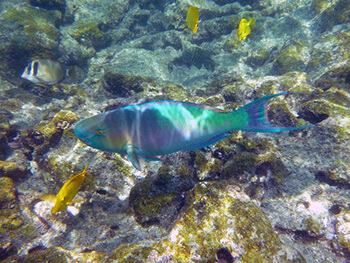 A sheltered bay filled with marine life, you will find more than 400 species of fish and coral reefs in the bay, formed from ancient volcanic eruptions that took place about 32,000 years ago. A former crater that is now filled with seawater, you will also find the green sea turtle using these protected waters as a nursery, as well as abundant parrotfish. Many visitors like to snorkel, feed fish and swim here. Originally used as a recreational area and as a navigational lookout by Hawaiian nobility, there has been evidence of human presence here since the 1800s. As tourism on Oahu developed in the 1980s and 1990s, the sheer number of visitors, combined with lack of awareness of marine preservation means that the multi-coloured coral reef along the shore is no longer alive; you will see the skeletons of the reefs as you swim in the shallows of the bay. The bay sees an average of 3,000 visitors per day and about a million visitors each year; it is closed to tourists on Tuesdays to allow the reef inhabitants a day of rest.
A sheltered bay filled with marine life, you will find more than 400 species of fish and coral reefs in the bay, formed from ancient volcanic eruptions that took place about 32,000 years ago. A former crater that is now filled with seawater, you will also find the green sea turtle using these protected waters as a nursery, as well as abundant parrotfish. Many visitors like to snorkel, feed fish and swim here. Originally used as a recreational area and as a navigational lookout by Hawaiian nobility, there has been evidence of human presence here since the 1800s. As tourism on Oahu developed in the 1980s and 1990s, the sheer number of visitors, combined with lack of awareness of marine preservation means that the multi-coloured coral reef along the shore is no longer alive; you will see the skeletons of the reefs as you swim in the shallows of the bay. The bay sees an average of 3,000 visitors per day and about a million visitors each year; it is closed to tourists on Tuesdays to allow the reef inhabitants a day of rest.
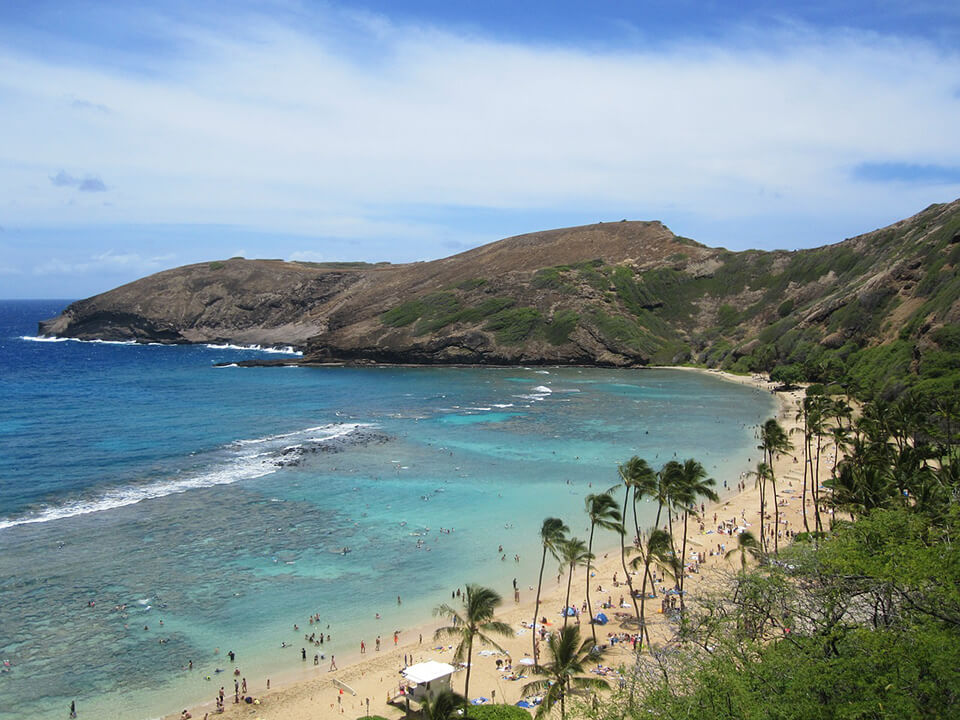
Haleiwa
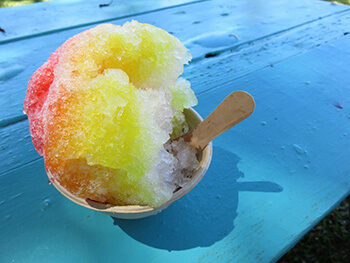 This cute and colourful beach town, the gateway to the North Shore, is filled with surfer shacks, food trucks, and other one-of-a-kind boutiques and galleries. For a taste of local tradition, don’t miss the traditional Hawaiian treat of shave ice (not ‘shaved’ ice), at Matsumoto’s or Aoki’s, both mom-and-pop stands. Finely shaved ice covered in homemade tropical syrups flavoured with pineapple guava, passion fruit or more, this rainbow-coloured treat will bring a smile to your face! You can even add vanilla ice cream or the sweet red azuki beans to your shave ice for a little extra variety. My favourite food truck treat is the North Shore specialty, garlic scampi shrimp from Giovanni’s food truck (it’s sold everywhere, but this is the absolute best).
This cute and colourful beach town, the gateway to the North Shore, is filled with surfer shacks, food trucks, and other one-of-a-kind boutiques and galleries. For a taste of local tradition, don’t miss the traditional Hawaiian treat of shave ice (not ‘shaved’ ice), at Matsumoto’s or Aoki’s, both mom-and-pop stands. Finely shaved ice covered in homemade tropical syrups flavoured with pineapple guava, passion fruit or more, this rainbow-coloured treat will bring a smile to your face! You can even add vanilla ice cream or the sweet red azuki beans to your shave ice for a little extra variety. My favourite food truck treat is the North Shore specialty, garlic scampi shrimp from Giovanni’s food truck (it’s sold everywhere, but this is the absolute best).
The North Shore
This iconic destination for the world’s best big-wave surfers, the North Shore needs no introduction to those in the know. During the winter months (November through February), pro surfers congregate here to ride the biggest waves, towering 9 metres (30 feet) or higher. It’s also prime time to watch the biggest surf competitions in the world, including the Vans Triple Crown of Surfing along Waimea Bay, Ehukai Beach (Banzai Pipeline—the world’s deadliest wave) and Sunset Beach. In the summer months (May to September), when the surf is small and gentle, it’s safe for non-pros to swim or take surfing lessons in protected areas.

Turtle Bay
One of the last undeveloped spots (save for a bunker that remains from the Second World War, and one resort) on the North Shore, this rocky bay is a favoured habitat for the threatened green sea turtle as well as the endangered Hawaiian monk seal. Traditional fishing areas and ancestral Hawaiian burial grounds are also located here. The sea is not appropriate for swimming, as the ocean shoreline is rocky and dangerous. Here, in the tide pools and reef flats, you will find some uncommonly beautiful limu (seaweed), including martensia fragilis, an iridescent blue, pink, or orange algae species.
Waimea Valley
A sacred place that is an area of historical cultural significance to Hawaiians, this spot, also known as the Valley of the Priests, occupied an elite place in society. In the year 1092, the valley was reserved exclusively for the high priests of Hawaiian society, the Kahuna Nui.
A kahuna refers to anyone who is a priest, healer, or expert in any profession—it was not exclusively reserved for members of the Hawaiian religion. Kahuna can be generally divided into two categories: ‘craft’ kahuna, such as an expert canoe maker, or an expert navigator; and ‘sorcerers’, including healers or those who were experts in the metaphysical, the divine, and the supernatural.
When the first Christian missionaries arrived in Hawaii in 1820, the kahuna practices eventually became outlawed or illegal over the years. When King Kamehameha V came to power in 1863, he encouraged the revival of traditional Hawaiian practices and gave ownership of the valley to his exclusive kahuna, Hewa Hewa Nui.
When we look at Waimea Valley today, it contains a nature park, botanical gardens and arboretum. Look around to see stone terraces and walls constructed during the time of Hawaiian royalty. Its fertile and rich volcanic soil meant this was one of the most vibrant farming communities in all of Polynesia, with fish ponds, domesticated animal holdings, farming plots, where staple crops like taro, sweet potato and bananas were grown. Today, its botanical gardens showcase thousands of species, including an excellent collection of rare Hawaiian and Polynesian plants.
Things to do in the park include hiking to its beautiful waterfall, or jumping off the top of Jump Rock at Waimea Bay Beach Park (but only when the surf is small or flat)!
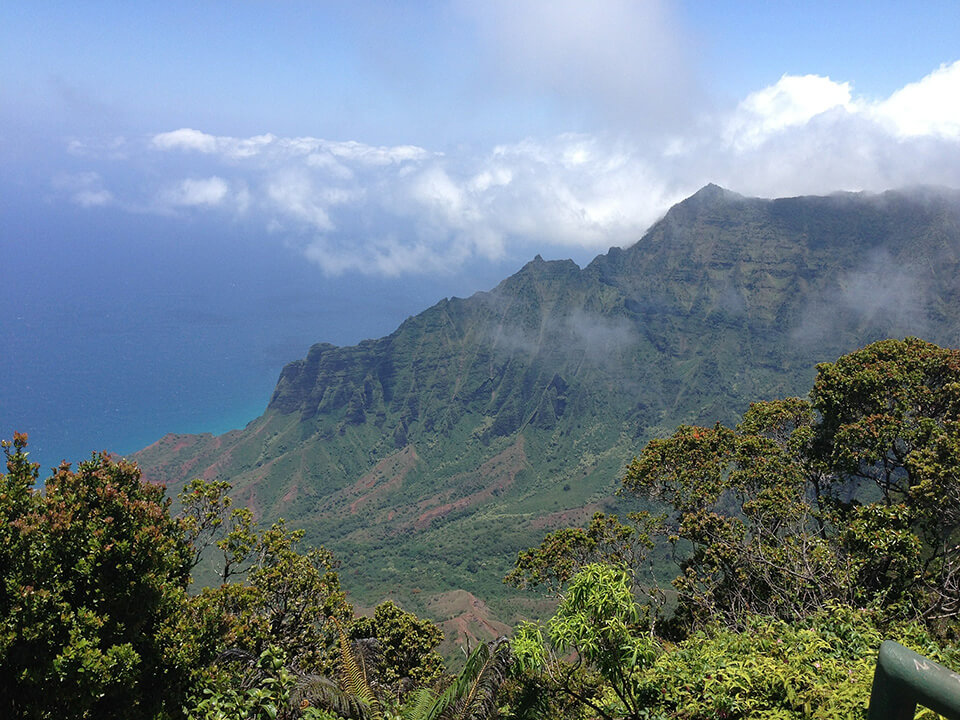
Kualoa Ranch
A private 4,000-acre nature reserve and working cattle ranch, this popular spot for filming (think Jurassic Park, the TV show Lost, Jumanji, Hawaii Five-0 and many more productions) is located on the windward coast of Oahu. Comprised of three valleys, the Ka’awa Valley, the Kualoa Valley and Hakipu’u Valley, the ranch sits on land that was considered sacred to ancient Hawaiians. From the 13thC to the 18thC, a place where chiefs ruled, and a place of kingship and sovereignty of the Kingdom of O’ahu rests. In 1850, the land was purchased from King Kamehameha for $1300 by an American doctor, Gerrit P. Judd, who was the first person to translate medical journals into the Hawaiian language. Further land was purchased in 1860 and 1870, bringing it to its current size. During the Second World War, the land was occupied by the U.S. military, which created the Kualoa Airfield there; the land has since passed back to Judd’s descendants.

Mokoli’i
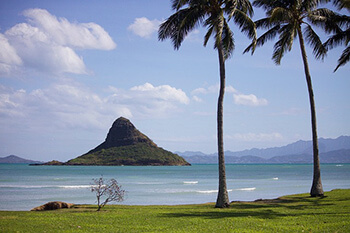 A tiny little island in Hawaii known as Mokoli’i, is easily seen from Kualoa Regional Park, sitting on Kaneohe Bay. This basalt islet looks like an old-style conical hat, and was commonly referred to as ‘Chinaman’s Hat’. The name of Mokoli’i derives from an ancient Hawaiian creation myth, where Hi’iaka, the sister of Pele the volcano goddess, cut off the tail of a large dragon-like lizard that was confronting her, and it is said that the island is the remains of this monster’s tail: ‘mokoli’i’ means ‘little lizard’ in the Hawaiian language.
A tiny little island in Hawaii known as Mokoli’i, is easily seen from Kualoa Regional Park, sitting on Kaneohe Bay. This basalt islet looks like an old-style conical hat, and was commonly referred to as ‘Chinaman’s Hat’. The name of Mokoli’i derives from an ancient Hawaiian creation myth, where Hi’iaka, the sister of Pele the volcano goddess, cut off the tail of a large dragon-like lizard that was confronting her, and it is said that the island is the remains of this monster’s tail: ‘mokoli’i’ means ‘little lizard’ in the Hawaiian language.
Feeling inspired to experience Hawaii’s aloha magic for yourself? Get in touch with a member of our team to see how they can craft your perfect trip.
MORE FROM North America + United States
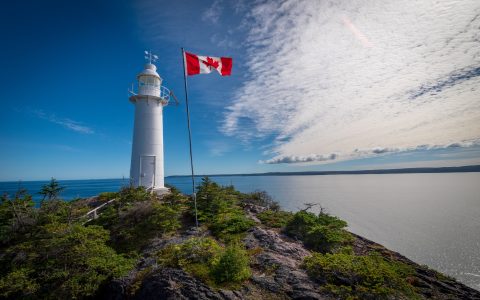
Discover Canada’s East Coast From Home
Canada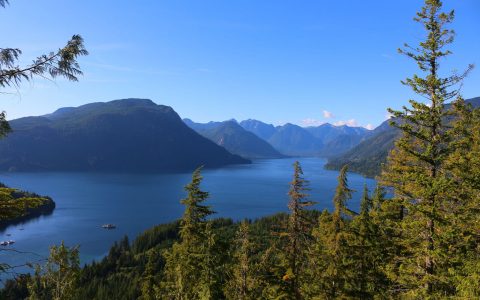
The Pacific Yellowfin Hotel Review
Canada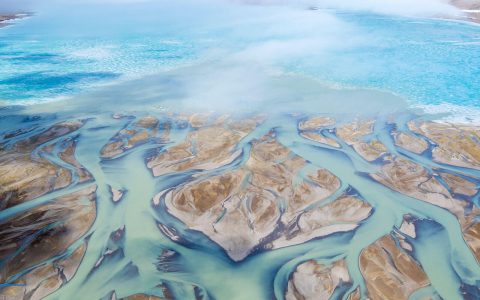
Reflections & Impressions: Dane Tredway’s trip to the Arctic
Canada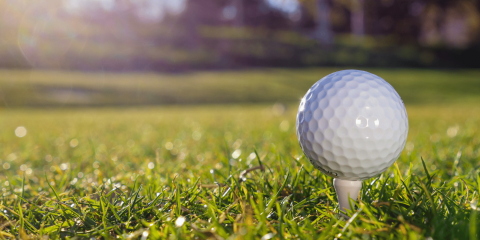
The 2019 Masters: Hearing ‘The Tiger Roar’ Firsthand
United States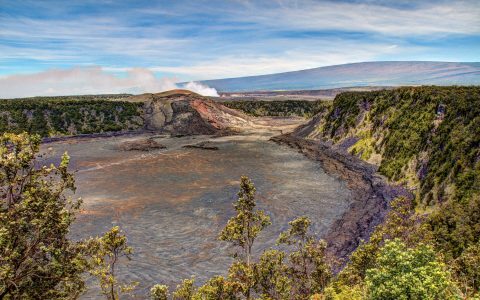
After the Eruption: Why There’s Never Been a Better Time to See Hawaii
United States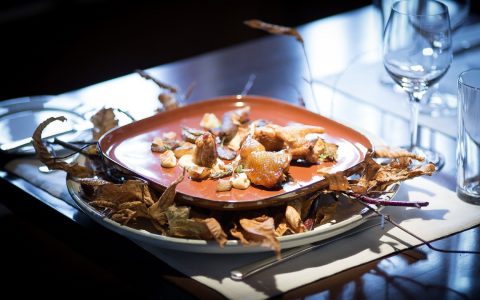
The 13 Best Places to Eat in Quebec City
Canada
The 11 Top Restaurants in Vancouver
Canada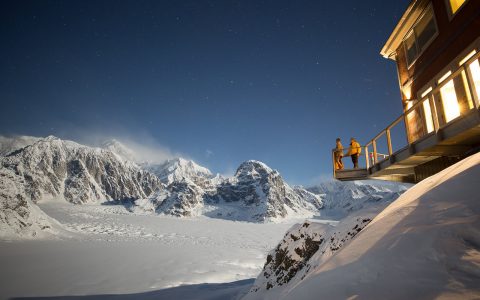
5 Over-the-Top Alaskan Luxury Lodges We Love
Alaska
Most Over-The-Top Spots to Snap the Rockies
Canada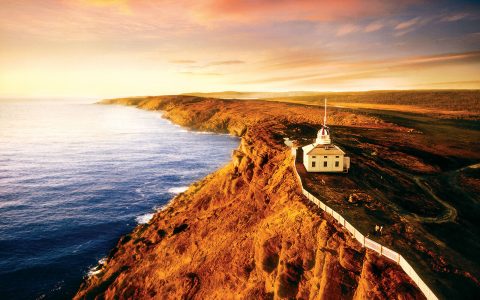
24 Hours in St. John’s, Newfoundland
Canada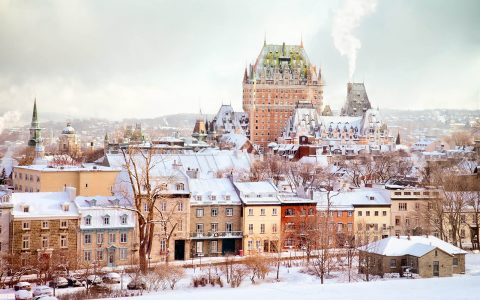
Our Coolest Hot Spot For Winter: Quebec City
Canada